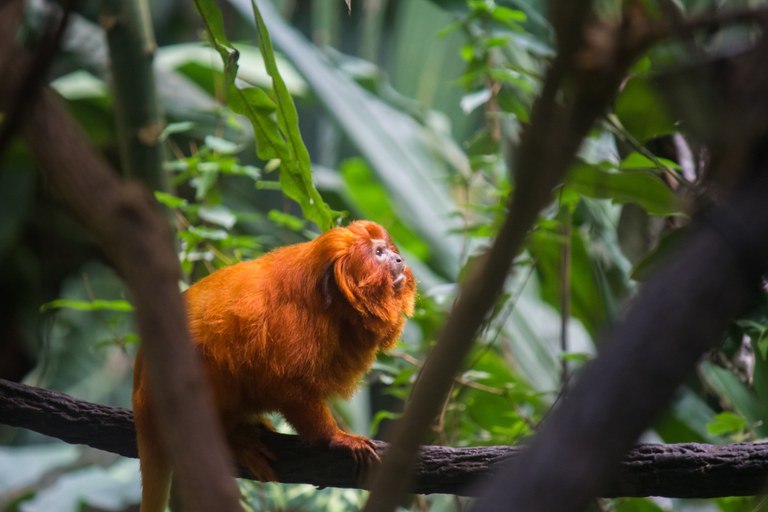Notícias
ENVIRONMENT
Atlantic Forest deforestation drops 27%

- Credit: Adobe Stock
On National Atlantic Forest Day, celebrated on May 27, we mark a significant achievement: a 27% reduction in deforestation in 2023 over the previous year. This decline, observed in 12 out of the 17 states that encompass this biome, is largely attributable to increased enforcement efforts.
In 2022, the Brazilian Institute of the Environment and Renewable Natural Resources (Instituto Brasileiro do Meio Ambiente e dos Recursos Naturais Renováveis - IBAMA), an agency under the Ministry of Environment and Climate Change (Ministério do Meio Ambiente e Mudança do Clima – MMA), issued 832 fines, a 15% increase from the previous year. As a result, fines for deforestation added up to BRL 156.3 million (USD 30.2 million), marking a 95% increase over 2022.
These figures were published by the Deforestation Alert System of the Atlantic Forest (Atlas da Mata Atlântica) and the Deforestation Alert System (Sistema de Alertas de Desmatamento – SAD), monitoring mechanisms developed by the SOS Mata Atlântica Foundation in partnership with the Brazilian National Institute for Space Research (Instituto Nacional de Pesquisas Espaciais - INPE) and MapBiomas. These organizations analyzed data from October 2022 to October 2023.
The Atlantic Forest is one of the world's richest regions in biodiversity, but for years, it has suffered from degradation due to deforestation and poor soil conservation practices. Originally, the biome covered over 1.3 million km² across 17 states. However, due to environmental damage over the years, only about a quarter of its original coverage remains today. The government's objective is for the Atlantic Forest to become the first biome in the country to achieve zero deforestation by 2030.
DIVERSITY – Although primarily recognized for its forest formations, the Atlantic Forest harbors a tremendous diversity of environments, including coastal forests, mangroves, rocky fields and high-altitude grasslands. The MMA estimates that the biome is home to approximately 20,000 plant species, representing just over a third of all plant species in Brazil. This includes several endemic and endangered species.
The Atlantic Forest's biodiversity surpasses that of some continents, including North America, which has 17,000 plant species, and Europe, with 12,500. According to the MMA, this makes the Atlantic Forest a global priority for biodiversity conservation. In terms of fauna, the biome, which is the only one protected by a specific federal law (Law No. 11,428/2006), harbors around 850 bird species, 370 amphibians, 200 reptiles, 270 mammals and 350 fish.
CONSERVATION AND RESTORATION – Approximately 145 million Brazilians live in the Atlantic Forest biome. Communities benefit from the forests and other ecosystems of the biome, which provide water supply regulation; climate regulation and balance; erosion protection and disaster mitigation; soil fertility and protection; and the production of food, timber, fibers, oils and medicines.
Conserving the remaining areas of the Atlantic Forest and restoring its native vegetation is essential for the Brazilian population, particularly in protected areas such as Conservation Units, Indigenous Lands, Permanent Preservation Areas and Legal Reserves.
Brazil has made international commitments to forest restoration. Under the Paris Agreement on Climate Change, the country aims to restore 12 million hectares (29.653 acres) of forests and implement 5 million hectares (12.355 acres) of integrated crop-livestock-forestry systems by 2030. The Atlantic Forest stands to benefit significantly from these restoration efforts.